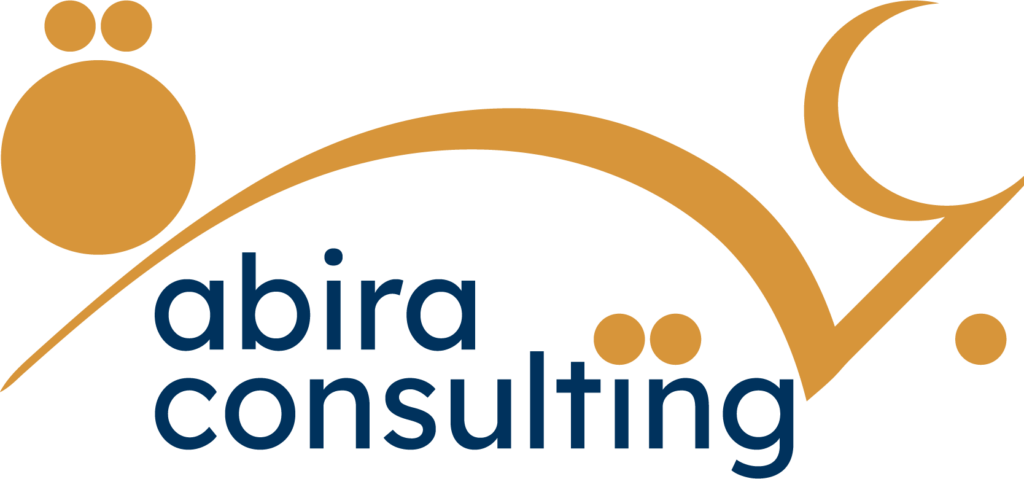In the fast-paced world of networking and professional interactions, the ability to deliver a powerful elevator pitch is a crucial skill. Whether you find yourself in an actual elevator with a potential client or at a networking event, being able to succinctly convey your value proposition can make all the difference. When asked what their message is about, successful speakers have a readily available, tailored response that is concise and engaging. This is called the “Elevator Pitch”.
- The Art of the Elevator Pitch
An elevator pitch is a brief, persuasive speech that can be delivered in the time it takes to ride an elevator. It’s a concise statement that captures the essence of who you are, what you do, and why it matters. This miniature masterpiece is designed to spark interest and leave a lasting impression.As Nancy Duarte, a communication expert, puts it, “Truly great communicators make it easy as they lure audiences to adopt their ideas and take action.” An effective elevator pitch is brief, powerful, and encourages conversation. This sentiment underlines the importance of brevity and impact in crafting an elevator pitch. The purpose of an elevator pitch is to describe a situation or solution so compelling that the person you’re with wants to hear more even after the elevator ride is over.
-
The Power of Conciseness
In a world bombarded by information, brevity is a precious commodity. Successful elevator pitches are like well-edited movie trailers – they leave the audience wanting more. Steve Jobs, the co-founder of Apple Inc., was a master of this art. He once said, “Simple can be harder than complex. You have to work hard to get your thinking clean to make it simple.” An effective elevator pitch distils complex ideas into clear, digestible nuggets. It requires careful consideration of what truly sets you apart and why it matters to your audience. This process demands introspection, allowing you to identify your unique value proposition. -
The Three Essential Components of Elevator Pitch
An elevator pitch typically comprises three key elements:
Introduction: Begin by introducing yourself and your role or expertise. Keep it succinct but engaging. Remember, first impressions count.
Value Proposition: Highlight what sets you apart. What unique skills, experiences, or perspectives do you bring to the table? This is the core of your pitch.
Call to Action: End with a clear call to action. What do you want the listener to do next? Whether it’s scheduling a meeting, exploring collaboration, or connecting on LinkedIn, be specific.
-
Tailoring Your Pitch
One-size-fits-all doesn’t work in the realm of elevator pitches. It’s crucial to tailor your pitch to the specific context and audience. As Chris Anderson, the curator of TED, emphasizes, “Your number one task is to limit your talk to just one major idea that you’re most passionate about.” He added, this “gives your listeners a reason to care.”
For instance, if you’re at a technology conference, focus on your tech-related achievements and aspirations. If you’re in a more casual networking setting, inject some personality and relatability into your pitch. Remember, authenticity resonates.
-
Practice Makes Perfect
The importance of practice cannot be overstated. As Malcolm Gladwell famously stated in his book “Outliers,” it takes roughly 10,000 hours of practice to achieve mastery in a field. While you may not need 10,000 hours to perfect your elevator pitch, the principle of deliberate practice applies.
Rehearse your pitch until it flows naturally. Practice in front of a mirror, record yourself, or ask for feedback from a trusted colleague or mentor. The goal is to make your pitch sound effortless and genuine, rather than rehearsed.
-
Elevator Pitches in Action
Some of the most successful individuals in various industries have mastered the art of the elevator pitch. Oprah Winfrey, media mogul and philanthropist, once stated, “My feet are still on the ground, I’m just wearing better shoes.” This concise statement effectively communicates her down-to-earth personality and her remarkable achievements.
Similarly, Richard Branson, the founder of Virgin Group, has a memorable pitch: “Screw it, let’s do it!” This phrase encapsulates his adventurous spirit and his willingness to take risks. -
Conclusion: Elevate Your Elevator Pitch
Crafting a compelling elevator pitch is a skill that transcends industries and professions. It’s about distilling your essence into a few impactful sentences. As Maya Angelou, a renowned essayist, says, “People will forget what you said, people will forget what you did, but people will never forget how you made them feel.” Your elevator pitch should leave a lasting impression that prompts further conversation and collaboration.
In a world where attention spans are dwindling, the power of a well-crafted elevator pitch cannot be underestimated. So, take the time to refine and perfect yours. Remember, it’s not just about what you say, but how you say it that can make all the difference. Elevate your elevator pitch, and you’ll find doors opening where you least expect them.
-
References
Branson, R. (2006). Screw It, Let’s Do It: Lessons in Life and Business. Virgin Books.Chris, A. (2016).
https://www.google.com/amp/s/www.forbes.com/sites/davidhochman/2016/04/19/teds-chris-anderson-reveals-how-to-give-a-great-ted-talk/amp/Gladwell, M. (2008). Outliers: The Story of Success. Little, Brown and Company.
Jobs, S. (n.d.). https://www.brainyquote.com/quotes/steve_jobs_416332
Maya Angelou (n.d.). https://www.selfimprovementdailytips.com/podcast/people-will-never-forget-how-you-made-them-feel-maya-angelouNancy, D. (n.d.). https://slidemodel.com/elevator-pitch-presentations-guide/Oprah Winfrey Quotes. (2019). Oprah Winfrey Network. https://www.oprah.com/own



